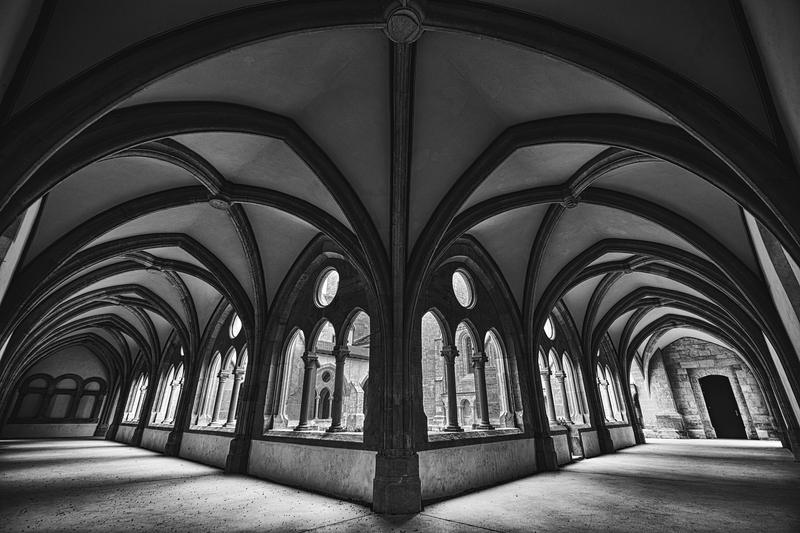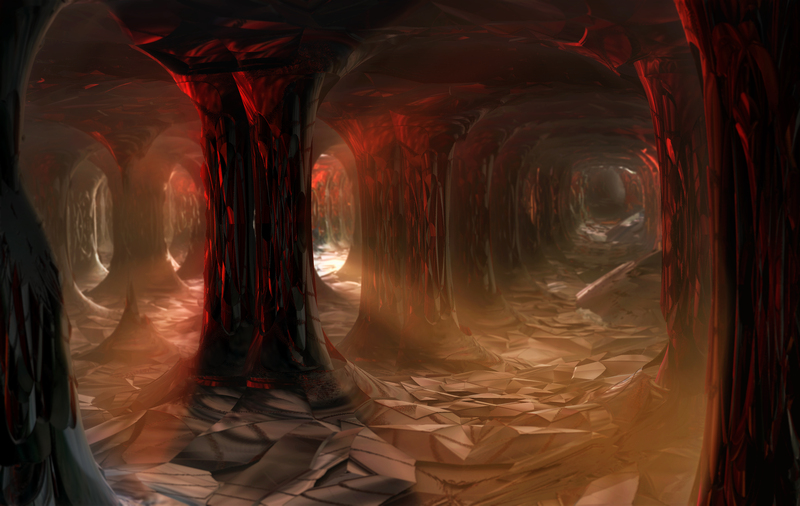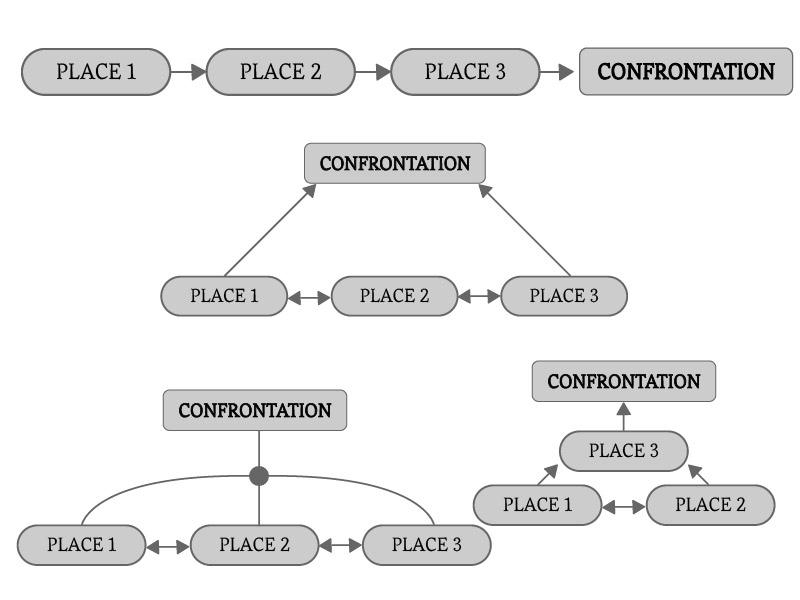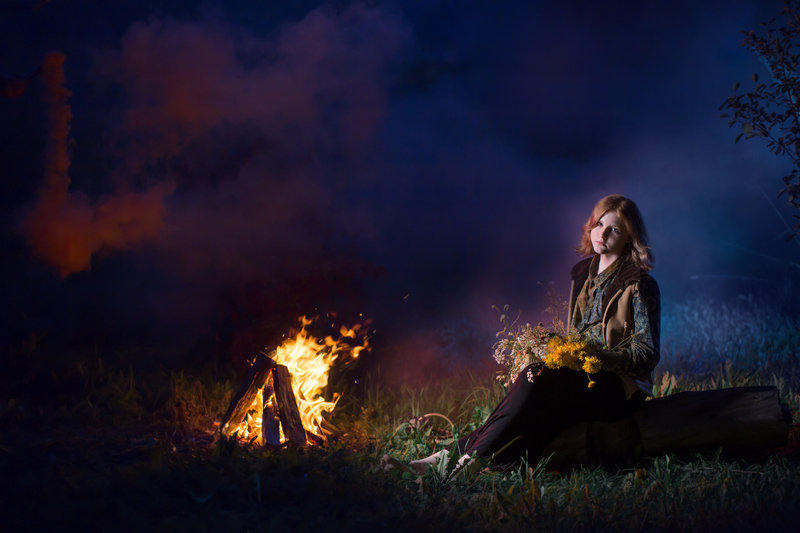THE CLASSIC METHOD OF DUNGEONS & DRAGONS
The Dungeons & Dragons approaches
The approach of Dungeons & Dragons, is well known since it is the most recognized game of the medium. But what people ignore is the variety of techniques for the proposes of preparing sessions. One thing is clear tho, it is the DM work drives the game forward. Various styles of play include kicking the door where players simply approach a dungeon in the mechanical way and clear rooms, deep immersive games where the focus is on interaction with the world and NPCs and the middle ground.
Something lost in complexity
Something was lost in translation, due to the complexity of dungeons and dragon, and that alone causes lack of north when preparing games. most game guides (DMs Guide) mention ways to run games like the ones we just mentioned above, but lack guidance to help structure such stories. Now, it is all great to provide information about the structure of a medieval society, how monarchies and plebeian classes function. Even things like humour will make me the game if it will be serious or comical. but without guidance to structure the stories they fall down, as they have no tool to build their foundations.
From the inside out.
From the inside out, it is an approach that goes from the specific to the general. here the game, campaign or world is planned from something specific like the characters or a location and from there it is extended. But beyond this concept you have not been told much about the process, so there is the trap of over detailing things.
From the outside in.
From the outside in is the opposite. Here you start with something more global, like a continent, the pantheon or the theme of the campaign. From there you start to build inwards all the minutia until you get to the characters. This method is not more difficult but it is more extensive because every campaign starts from the characters, so consequently this method requires more preparation time beforehand. Likewise in the previous medium you give details on how to go about the process so you can also get lost in over detailing things.
Before I get into exploring a much more modular technique for game preparation, let me give you some advice in the form of a quote:
“A story is a map of the world. A gloriously colored and wonderful map, the kind you often see framed and hung on the wall in a studio full of plush chairs and stained glass lamps: painstakingly written, researched to the last pebble and participle, drawn with script and style, with cloud goddesses in the corners and giant squids rising out of the sea … There are more maps in the world than anyone can count. Each person draws a map that is shown in the center. But that doesn’t mean there aren’t other countries.”
Catherynne M. Valente, The Boy Who Lost Fairyland
Start creating a map, campaign or world wherever you like or find it easiest, but don’t forget that map is a tool, it doesn’t have a centre. As Valente says: in a map a city can be just a point. But on the other side of the world that point has much more detail. now we are going to explore a simple and very structured and European method to organize games.
The Structure & Contributions of the Old World Vision
We have already talked about the classical approach and dungeons and dragons, where we set the mission, the enemies, calculate the difficulty and start adventuring. Let’s explore a more European approach to game planning. This structure belongs “Year Zero Engine” from Free League, creator of games like Tales from the Loop, Things from the Flood, Forbidden Lands and Vaesen: Nordic Horror Roleplaying Game.

On the Game Master’s side
On the Game Master’s side we are going to focus on the latest “Vaesen” being this game of mystery, magic exploration, and discovery. The vision of this game allows to structure a better way and build sharper games in a medieval fantasy setting. The structure is as follows: we start by defining the creature, followed by the conflict or conflicts which do not necessarily have to be linked to the creature in question. then there is the location and the atmosphere.

The creature
The creature or monster is definitely a classic starting point. Now that said we can start from the conflict or the location. We start by defining the creature’s nature and its motives. Asking ourselves why we choose this creature can help us define the theme of the campaign or mission, we will compare this answer with the backstory of the players for a general point of insertion or interest. Giving it personality or even a name if it is a valid monster or enemy will make it more real in the eyes of the players.
Conflict
The conflict or problem is the reason why the mission exists. It is what we build from the difference of interests between both parties: the creature and the group’s employer. To give more depth to the mission (conflict) the problem generated by the creatures should have an adverse effect; generating other minor problems and by consequence of a secondary conflict.
These secondary conflicts should be about intrigues, fights or problems that occur around the location where the mission is taking place. The Mini Encounters generated by this secondary concept will generate distraction and stress in the group adding drama to the story. But the main advantage of secondary conflict is that they are related or of direct interest to NPCs facilitating their investment in the game.
The Location
The location is not the setting. The location is the specific place where the events occur and its surroundings. Think of interesting and eye catching places, where the creature or monster would live and why. Don’t take the creature out of the planning equation yet. You should choose the place where it lives for a strategic reason or instinct i.e. it is convenient for its survival and defence. Doing this from the beginning ensures that the final confrontation (combat) feels real and what’s more interesting.
Now, regarding the surroundings you consider points of interest interesting: the climate, the plants, the season of the year, and the weather. This will contrast with the urban side of the game. For example, the place has fantastic features considering the scale and antiquity as differentiating factors, ie what place can be extremely old and dimensions or very large or tiny. Something like a a megalomaniac ancient ruins or details carved into the stones of the ruins are tiny and the characters do not know how those crafts were made.
Atmosphere
Atmosphere is more related to the mood of the game or campaign and is worked out using the senses: hot and cold weather, the warm sunlight against the skin in summer, or the smells of the location. Using dichotomies is very useful in these opposite situations to contrast.

The Catastrophe
The catastrophe is not the event comparable to the climax in a written story. A catastrophe in a campaign is positioned with all in its favour for it to occur. That is to say that it is difficult to avoid, but not impossible, and the trigger conditions can change. Basically the catastrophe is a time bomb which starts ticking before the group of players even arrive. It is progressing parallel to critical events within the story until it occurs or is averted.
Usually in medieval fantasy the catastrophe is the execution of the enemy’s final plan. The trick to facilitate the advancement of these plans in this technique of game planning story is modularity. There will be certain events or actions of the characters that will trigger the advancement of the villain’s or creature’s plan. For example, the group of players being far away from the villain or a timeline works. Here the enemy (uninterrupted) will get certain results at certain time period (2 weeks in the future, a month from now and the players do not find an object, etc).
Also if the players ignore the campaign and the mission, all these events would happen without a problem escalating the conflict and consequences. Things that can be used to bring the players back to the campaign.
On the player’s side
On the side the player one should plan what suits to introduce them to the campaign: npcs related to the mission or ties with ultimate goal of the characters.

The mission
The mission we know well. It is the event that introduces the player to the conflict and the objective. For a simple mission to eliminate a group of goblins that kill cattle you won’t need much information. But for a more complex mission with more background the request should not be so clear. You should only give very basic information about the problem, and maybe some north to get more information, these holes create opportunities for role-play.
Preparation
Preparation is a crucial part of adventuring, this is why and the lack of information at the time of receiving a vision is very interesting. This prompts the characters to research and prepare. In the case of a medieval setting the group will have to make decisions. Things like the route they will take, hiring a guide and to which guide from the ones available. The number of rations, and equipm factors are usually ignored.
But they are critical, a group that greedily hires the cheapest guide, can end up taking a very dangerous path dealing with encounters above their level the burden of having to defend an incapable NPC.
These are usually reduced as the group levels up, and becomes more capable and has more spells to solve these problems, but if you want full information about the mission you will still have to investigate.
For other types of settings or games, such as Vaesen, preparation is crucial because information is worth more and without magic mortality is more imminent.
The journey
The journey is the most important part of the roleplay experience. It is the part of the narrative in which the mood, the game, and the world is drawn. The journey log should not be supremely extensive, but if the players choose the route, writing enough detail to make clear the weight of their decisions is ideal.
Pictures contrasting the architecture or climate between one kingdom or country and another set the players into the world, the socioeconomic contrasts when arriving in a city between poor and rich neighbourhoods, etc…
The arrival
The arrival is important, it must be as clear as the journey and the previous location. For conflicts with very high consequences the contrast works very well at the time of arrival. For example, a haunted estate, the contrast is not gradual during the journey but sudden and abrupt at the location itself.
Places
The places are clearly the spaces that the group will visit within the location where the adventure or mystery occurs. These places must have challenges or clues to resolve the conflict, either as objects or NPCs. Note that it is not the place that has value but the NPC.
The way in which this group interacts with the places may vary, the information or things they need to find might be dependent on each other or be unrelated.
For example, the characters will have to follow a place 1, 2 and 3 in order. Clearly this is a guide,a modular sketch that becomes organic and tangible as it affects the narrative.

Challenges and Confrontation
From Vaesen’s structure, the challenges are obstacles are presented to the characters while they are looking for the solution to the problem. Basically roleplay events and skill checks. While confrontation is the climax, that is to say that it is triggered in combat or diplomacy.

The after
Usually in medieval fantasy when handling long campaigns there is a monotony between encounters. But by incorporating these structures where the NPCs and character decisions are more critical it allows for retrospective scenes where the characters can either learn and grow or face consequences making the story more interesting in the long term.
Then, for longer and more complex games, the only thing to do is to link these sessions with the world. But we will talk about the world another time.

